Expo
view channel
view channel
view channel
view channel
view channel
view channel
view channel
view channel
view channel
Clinical Chem.
HematologyImmunologyMicrobiologyPathologyTechnologyIndustry
Events

- Screening Tool Detects Multiple Health Conditions from Single Blood Drop
- Integrated Chemistry and Immunoassay Analyzer with Extensive Assay Menu Offers Flexibility, Scalability and Data Commutability
- Rapid Drug Test to Improve Treatment for Patients Presenting to Hospital
- AI Model Detects Cancer at Lightning Speed through Sugar Analyses
- First-Ever Blood-Powered Chip Offers Real-Time Health Monitoring
- Sepsis Test Demonstrates Clinical Utility in Critically Ill Heterogeneous Patient Populations
- Point-Of-Care Paper-Based Test Could Diagnose Cancer at Bedside
- Multi-Cancer Early Detection Test Measures Host Response to Tumor Development
- MicroRNA-Based Test Identifies 12 Cancers Simultaneously Across Any Stage
- New Blood Test Platform Simultaneously Measures Over 100 Biomarkers of Alzheimer's Disease
- Blood Platelet Score Detects Previously Unmeasured Risk of Heart Attack and Stroke
- Automated Benchtop System to Bring Blood Testing To Anyone, Anywhere
- New Hematology Analyzers Deliver Combined ESR and CBC/DIFF Results in 60 Seconds
- Next Generation Instrument Screens for Hemoglobin Disorders in Newborns
- First 4-in-1 Nucleic Acid Test for Arbovirus Screening to Reduce Risk of Transfusion-Transmitted Infections
- Blood Test Predicts Survival in Liver Cancer Patients
- Simple Blood Test Identifies Multiple Myeloma Patients Likely to Benefit from CAR-T Immunotherapy
- Portable Device Analyzes White Blood Cell Activity to Monitor Cancer Patients’ Health
- New Test Detects Return of Blood Cancer a Year Earlier
- Universal Blood Test Could Predict Organ Transplant Outcomes with Unprecedented Accuracy
- Innovative Diagnostic Approach for Bacterial Infections to Enable Faster and Effective Treatment
- Non-Invasive Stool Test to Diagnose Endometriosis and Help Reduce Disease Progression
- Automated Positive Blood Culture Sample Preparation Platform Designed to Fight Against Sepsis and AMR
- Revolutionary Molecular Culture ID Technology to Transform Bacterial Diagnostics
- New Digital PCR Assays Enable Accurate and Sensitive Detection of Critical Pathogens
- Chip-Based Blood Test Accurately Diagnoses Heart Attack in Minutes
- Cheap, Paper-Based Testing Platform Could Transform Diagnostics
- New Serological Pipet Controller Features Groundbreaking Repeat Dispense Ability
- Breath-Based Sampling System Diagnoses Lower Respiratory Tract Infection
- POCT Device Monitors C-Reactive Protein Levels Associated with Inflammation in Real Time
- Roche to Develop New Diagnostic Technologies for Traumatic Brain Injuries
- LGC Clinical Diagnostics and AccuGenomics Collaborate on Enhancing Cancer Testing Accuracy
- Beckman Coulter and SphingoTec Partner to Improve Kidney Health Assessment in Critical Care
- Seegene and Werfen Finalize Partnership Agreement on Technology-Sharing Initiative
- Cepheid Partners with Fleming Initiative to Fight Antimicrobial Resistance
- Gene Panel Predicts Disease Progession for Patients with B-cell Lymphoma
- New Method Simplifies Preparation of Tumor Genomic DNA Libraries
- New Tool Developed for Diagnosis of Chronic HBV Infection
- Panel of Genetic Loci Accurately Predicts Risk of Developing Gout
- Disrupted TGFB Signaling Linked to Increased Cancer-Related Bacteria
- AI-Based Breast Cancer Test Uses Routine Digital Histopathology Images for Risk Stratification
- AI Model Identifies Sex-Specific Risks Associated with Brain Tumors
- Breakthrough Virus Detection Technology Combines Confocal Fluorescence Microscopy with Microfluidic Laminar Flow
- AI Technology Accurately Predicts Breast Cancer Risk Via ‘Zombie Cells’
- Liquid Biopsy Solution Enables Non-Invasive Sample Collection and Direct Cell-Free DNA Stabilization from Urine

Expo
 view channel
view channel
view channel
view channel
view channel
view channel
view channel
view channel
view channel
Clinical Chem.
HematologyImmunologyMicrobiologyPathologyTechnologyIndustry
Events
Advertise with Us
view channel
view channel
view channel
view channel
view channel
view channel
view channel
view channel
view channel
Clinical Chem.
HematologyImmunologyMicrobiologyPathologyTechnologyIndustry
Events
Advertise with Us


- Screening Tool Detects Multiple Health Conditions from Single Blood Drop
- Integrated Chemistry and Immunoassay Analyzer with Extensive Assay Menu Offers Flexibility, Scalability and Data Commutability
- Rapid Drug Test to Improve Treatment for Patients Presenting to Hospital
- AI Model Detects Cancer at Lightning Speed through Sugar Analyses
- First-Ever Blood-Powered Chip Offers Real-Time Health Monitoring
- Sepsis Test Demonstrates Clinical Utility in Critically Ill Heterogeneous Patient Populations
- Point-Of-Care Paper-Based Test Could Diagnose Cancer at Bedside
- Multi-Cancer Early Detection Test Measures Host Response to Tumor Development
- MicroRNA-Based Test Identifies 12 Cancers Simultaneously Across Any Stage
- New Blood Test Platform Simultaneously Measures Over 100 Biomarkers of Alzheimer's Disease
- Blood Platelet Score Detects Previously Unmeasured Risk of Heart Attack and Stroke
- Automated Benchtop System to Bring Blood Testing To Anyone, Anywhere
- New Hematology Analyzers Deliver Combined ESR and CBC/DIFF Results in 60 Seconds
- Next Generation Instrument Screens for Hemoglobin Disorders in Newborns
- First 4-in-1 Nucleic Acid Test for Arbovirus Screening to Reduce Risk of Transfusion-Transmitted Infections
- Blood Test Predicts Survival in Liver Cancer Patients
- Simple Blood Test Identifies Multiple Myeloma Patients Likely to Benefit from CAR-T Immunotherapy
- Portable Device Analyzes White Blood Cell Activity to Monitor Cancer Patients’ Health
- New Test Detects Return of Blood Cancer a Year Earlier
- Universal Blood Test Could Predict Organ Transplant Outcomes with Unprecedented Accuracy
- Innovative Diagnostic Approach for Bacterial Infections to Enable Faster and Effective Treatment
- Non-Invasive Stool Test to Diagnose Endometriosis and Help Reduce Disease Progression
- Automated Positive Blood Culture Sample Preparation Platform Designed to Fight Against Sepsis and AMR
- Revolutionary Molecular Culture ID Technology to Transform Bacterial Diagnostics
- New Digital PCR Assays Enable Accurate and Sensitive Detection of Critical Pathogens
- Chip-Based Blood Test Accurately Diagnoses Heart Attack in Minutes
- Cheap, Paper-Based Testing Platform Could Transform Diagnostics
- New Serological Pipet Controller Features Groundbreaking Repeat Dispense Ability
- Breath-Based Sampling System Diagnoses Lower Respiratory Tract Infection
- POCT Device Monitors C-Reactive Protein Levels Associated with Inflammation in Real Time
- Roche to Develop New Diagnostic Technologies for Traumatic Brain Injuries
- LGC Clinical Diagnostics and AccuGenomics Collaborate on Enhancing Cancer Testing Accuracy
- Beckman Coulter and SphingoTec Partner to Improve Kidney Health Assessment in Critical Care
- Seegene and Werfen Finalize Partnership Agreement on Technology-Sharing Initiative
- Cepheid Partners with Fleming Initiative to Fight Antimicrobial Resistance
- Gene Panel Predicts Disease Progession for Patients with B-cell Lymphoma
- New Method Simplifies Preparation of Tumor Genomic DNA Libraries
- New Tool Developed for Diagnosis of Chronic HBV Infection
- Panel of Genetic Loci Accurately Predicts Risk of Developing Gout
- Disrupted TGFB Signaling Linked to Increased Cancer-Related Bacteria
- AI-Based Breast Cancer Test Uses Routine Digital Histopathology Images for Risk Stratification
- AI Model Identifies Sex-Specific Risks Associated with Brain Tumors
- Breakthrough Virus Detection Technology Combines Confocal Fluorescence Microscopy with Microfluidic Laminar Flow
- AI Technology Accurately Predicts Breast Cancer Risk Via ‘Zombie Cells’
- Liquid Biopsy Solution Enables Non-Invasive Sample Collection and Direct Cell-Free DNA Stabilization from Urine


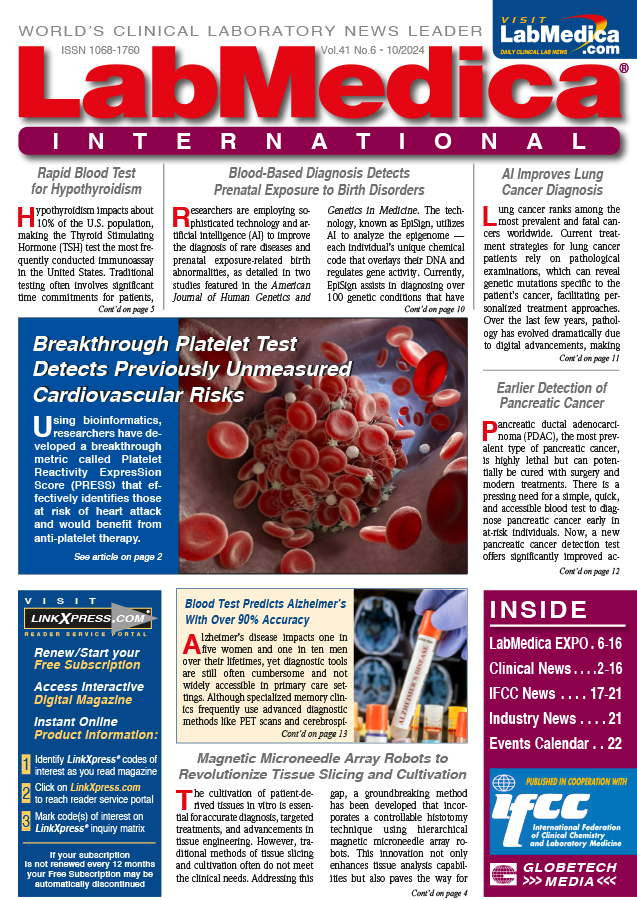









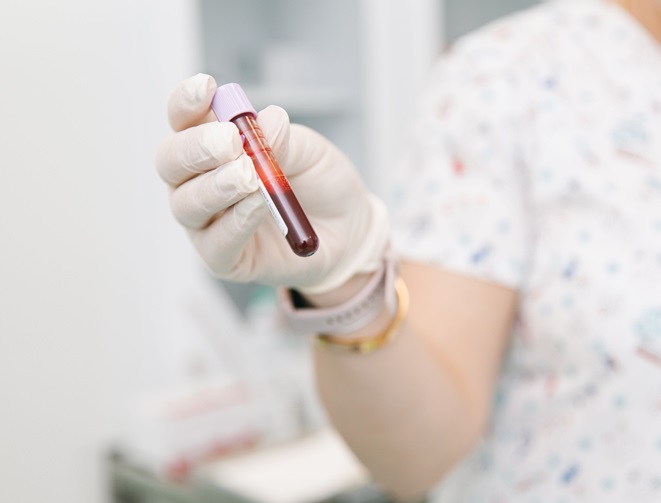

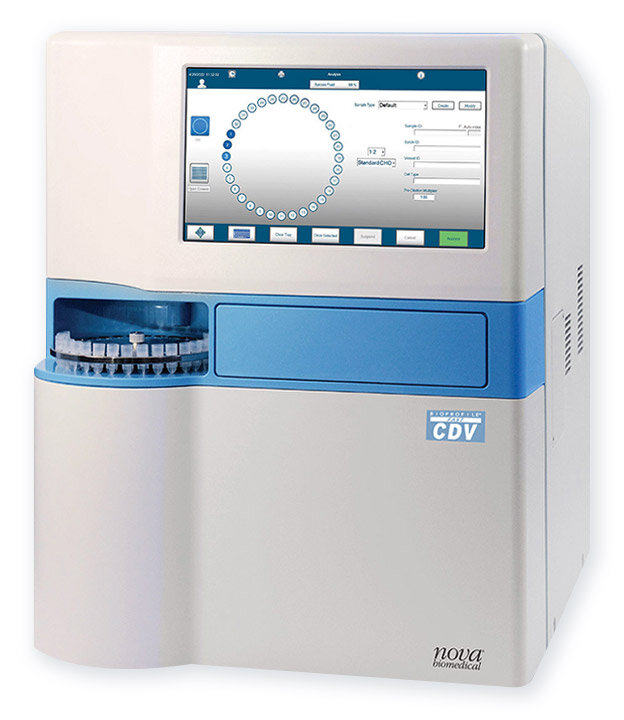


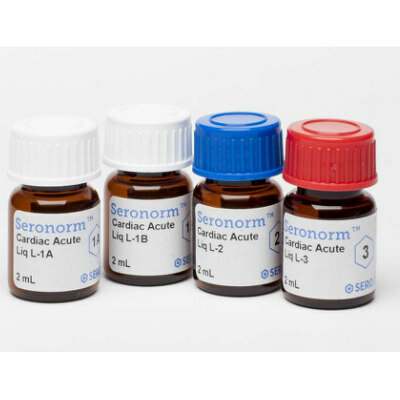



.jpg)





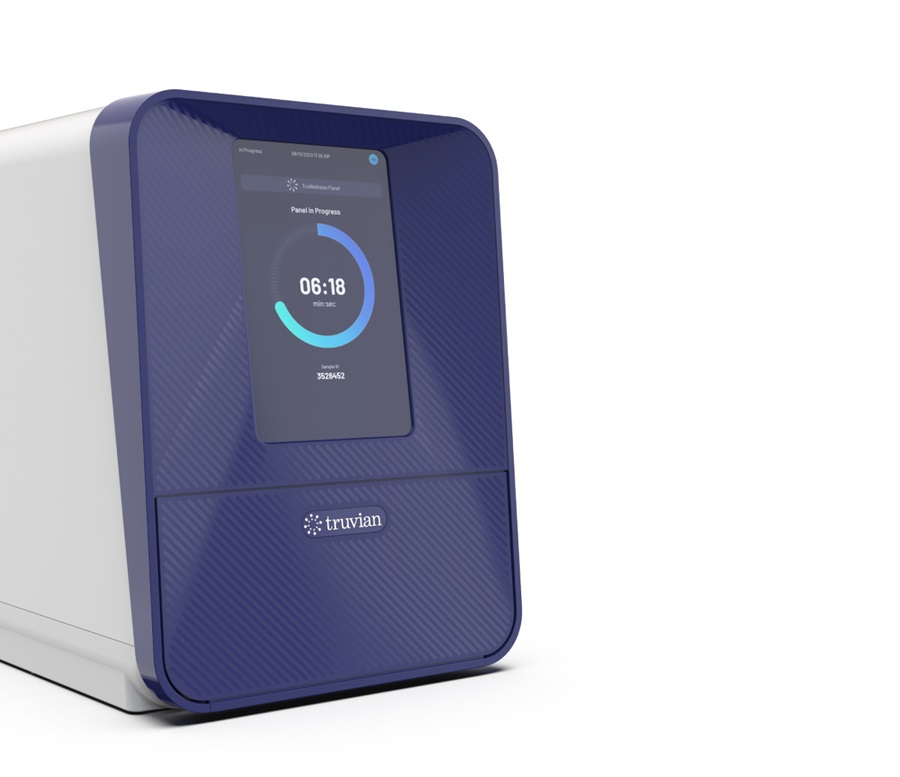




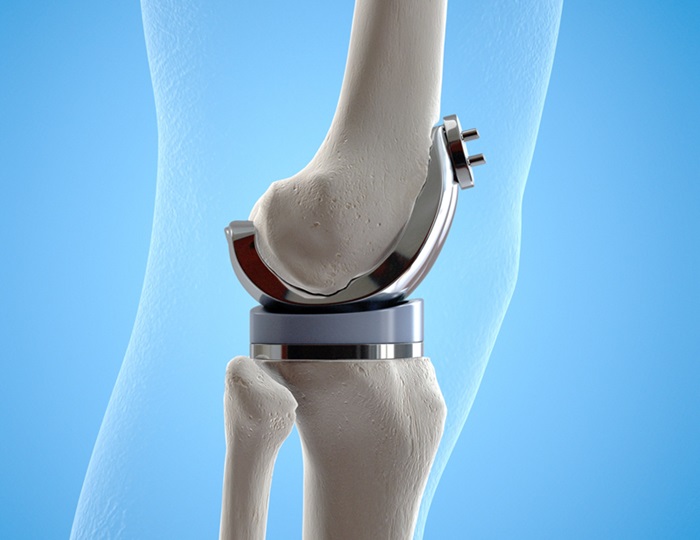
_1.jpg)
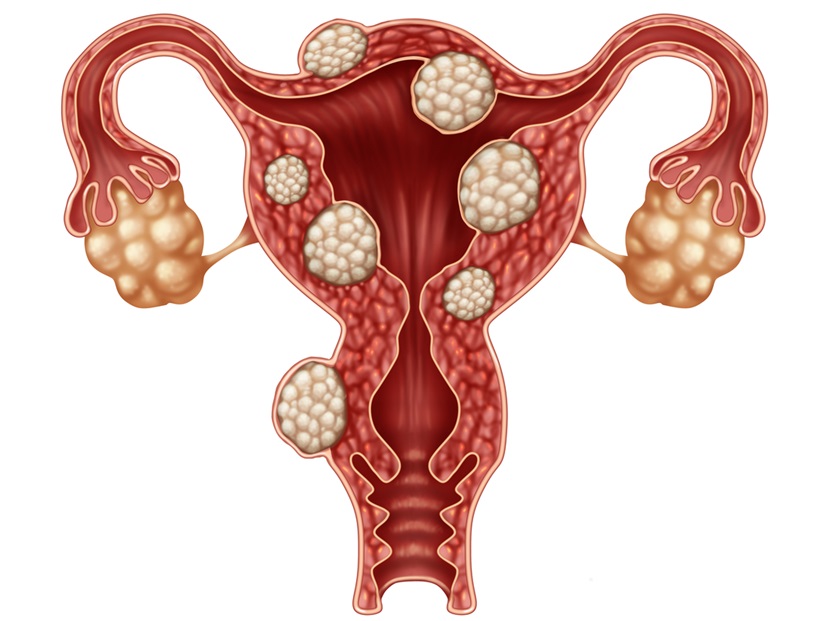

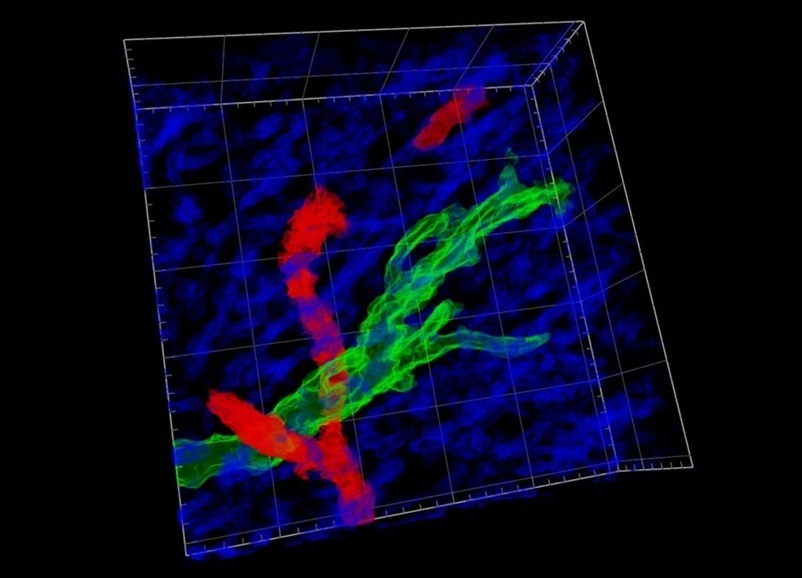

.jpg)
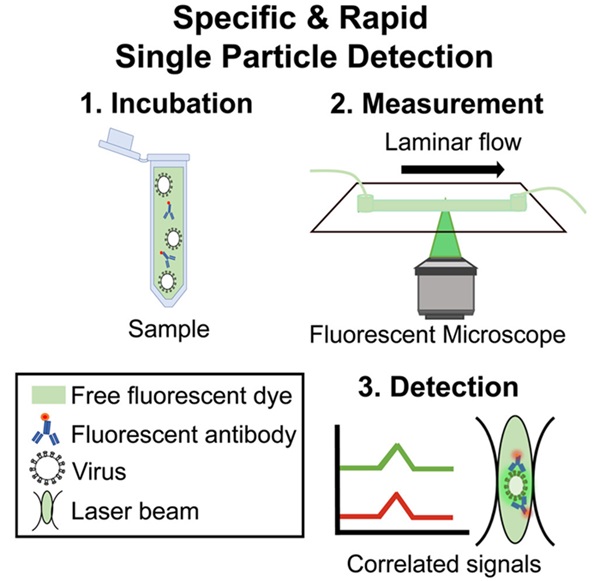
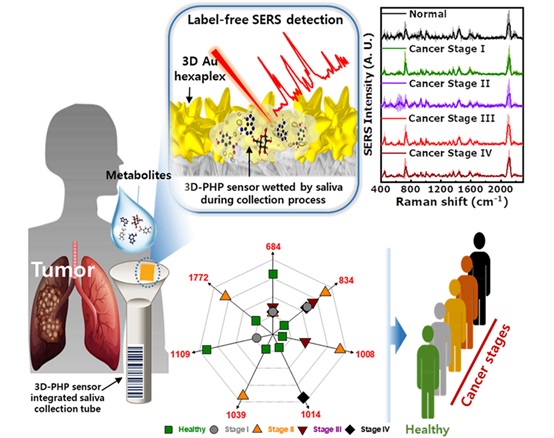


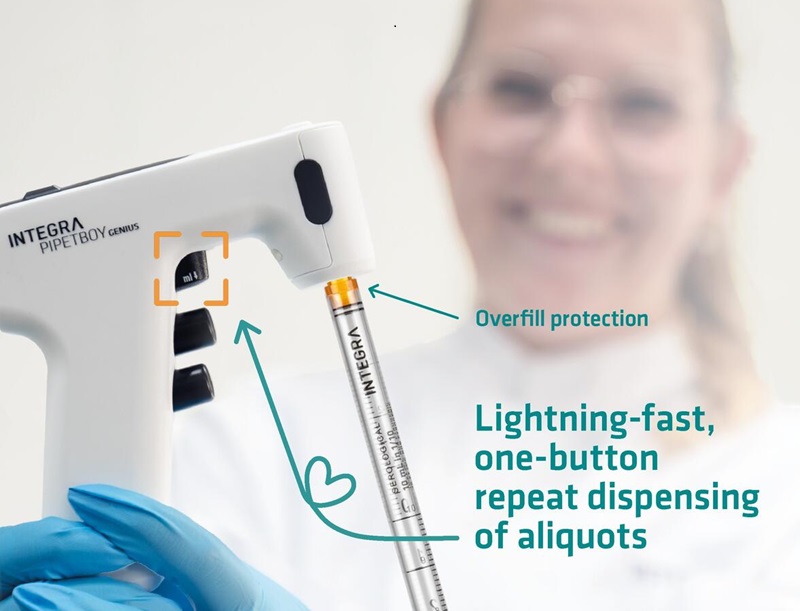
_1.jpg)







